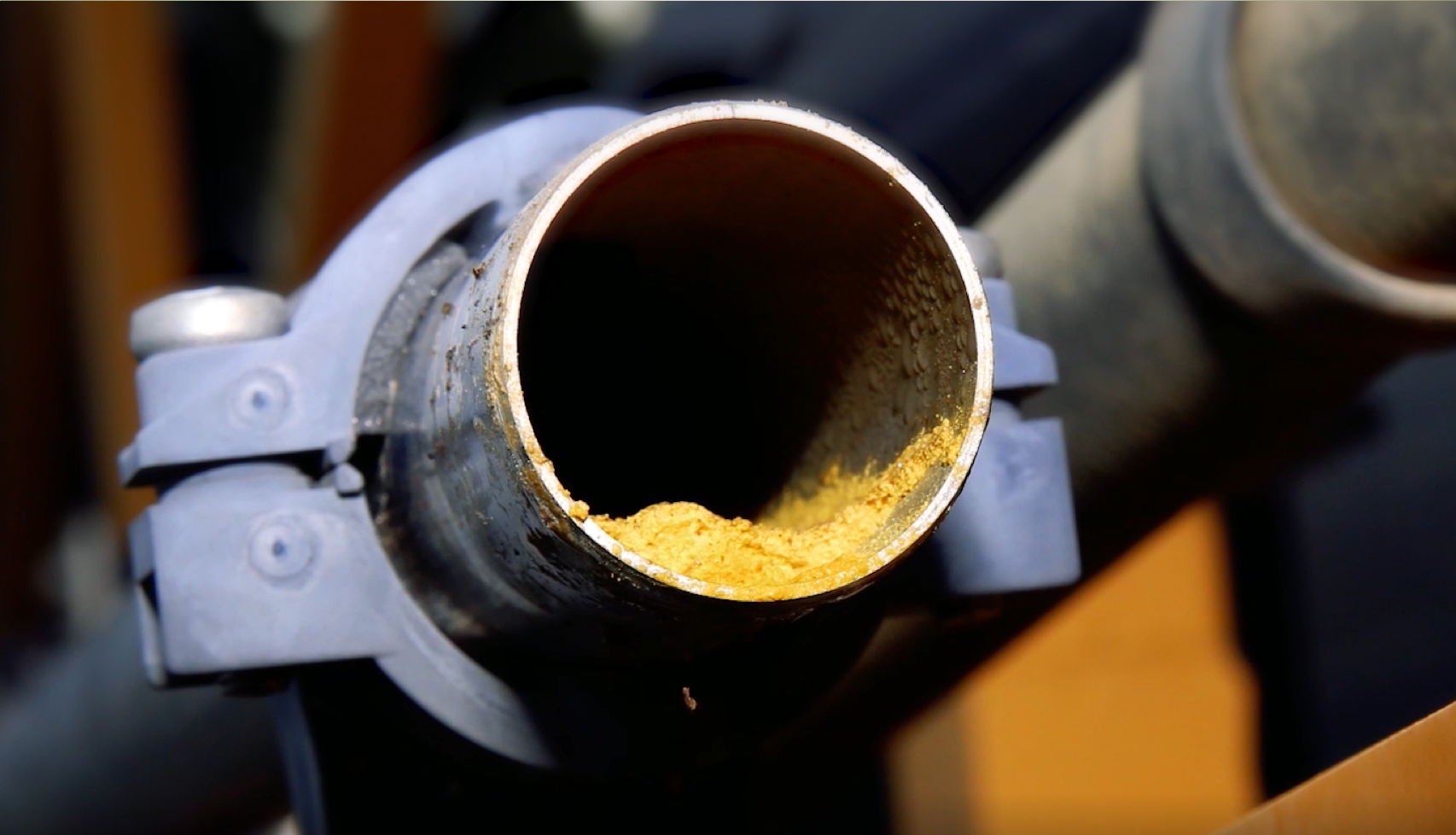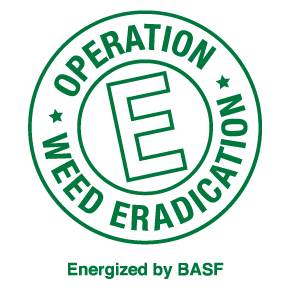Protect your yields and get better weed control through proper cleanout
Your weed control plan likely includes a variety of different chemical types for a variety of crops. While you’re accounting for those demands, it’s important to consider that proper cleanout of your system could help protect your yield and minimize the chance of a disastrous mistake.
Here’s why proper cleanout is important and how new technologies can help you achieve it.

The value of the cleanout process
Herbicides used today carry multiple modes of action. You’ll see seeding inhibitors, growth regulators and cell disruptors, and while some are designed to kill grasses, others are aimed at broadleaves and some are intended to kill everything. The driving factor behind the trend of using multiple modes of action is resistance. After many years of putting down the same chemistry for weed management, some of the weed plants developed resistance, which in many cases makes the herbicide that once controlled the population of weeds no longer effective. With these issues surrounding herbicide-resistant weeds, new mixes and techniques have to be used to control even the most common weeds. With this new method of weed control comes the issue of contamination or carryover to fields or crops where that unique herbicide was not intended to be sprayed.
How improper cleanout can lead to yield loss
Many agronomists and crop producers alike understand that yield loss typically is related to environmental conditions, low fertility and even improper chemical selection. However, many don’t consider the impact that improper cleanout can have on yields. Every time a weed-management chemical is switched or a different crop is being sprayed, there’s risk of losing thousands of dollars in revenue as a result of system contamination. Let’s assume your system wasn’t rinsed thoroughly enough from the last herbicide that was in the tank and flushing of the strainers and endcaps may have been neglected. There’s a high chance of a contamination issue here. Given that a chemical switch can cause the entire boom to become contaminated if not properly cleaned, those contaminants typically show their effects on the first three to five acres of the following field. In that first five acres it’s very likely you could lose half of your yield. According to the USDA*, it takes $368 to raise one acre of 200-bushel corn. If you consider the yield loss (~$1,500) and input costs wasted (~$1,000) in only a few minutes of spraying, you may be facing up to $2,500 in yield loss. Once the damage is done, it can’t be undone. Across just four fields and 20 acres you’ll be looking at upwards of $10,000 in crop revenue and input losses.
Technologies that can help
New application systems use unique plumbing design and capabilities to recover product from the boom and plumbing, return it to the tank, and thoroughly clean out the entire liquid plumbing system, including the booms. In some cases, this can recover more than 30 gallons of product. These systems also have far fewer strainers to clean and no endcaps to remove. These are areas where product typically gets trapped if cleanout shortcuts are taken, resulting in contamination. It’s critical to maximize yield and reduce the risk of crop damage in order to meet operating margins. Any way to achieve a quicker and more thorough cleanout of the sprayer reduces the risk of crop damage and results in more acres per day getting applied. It also means a better execution of your entire weed control plan.
